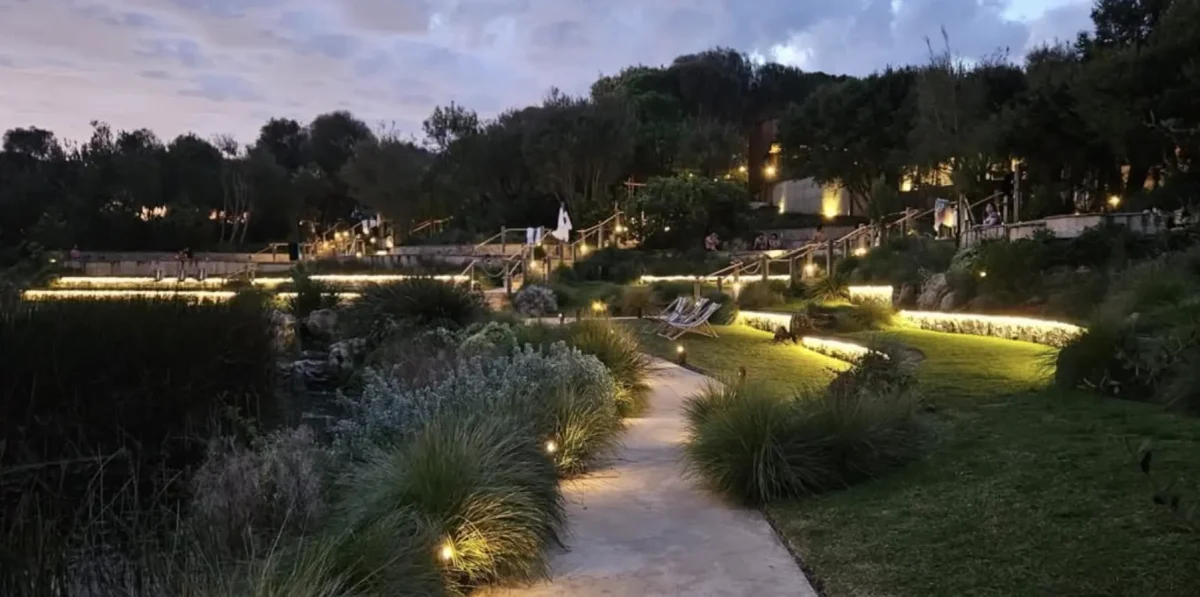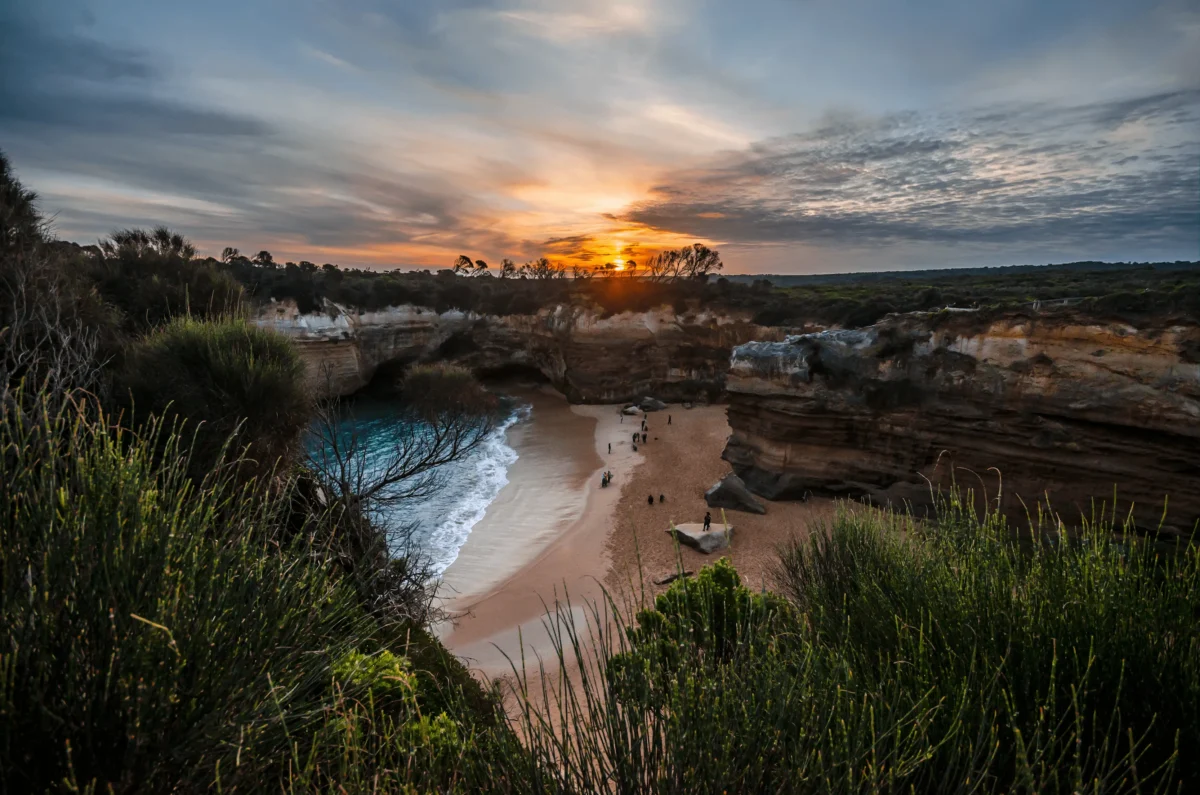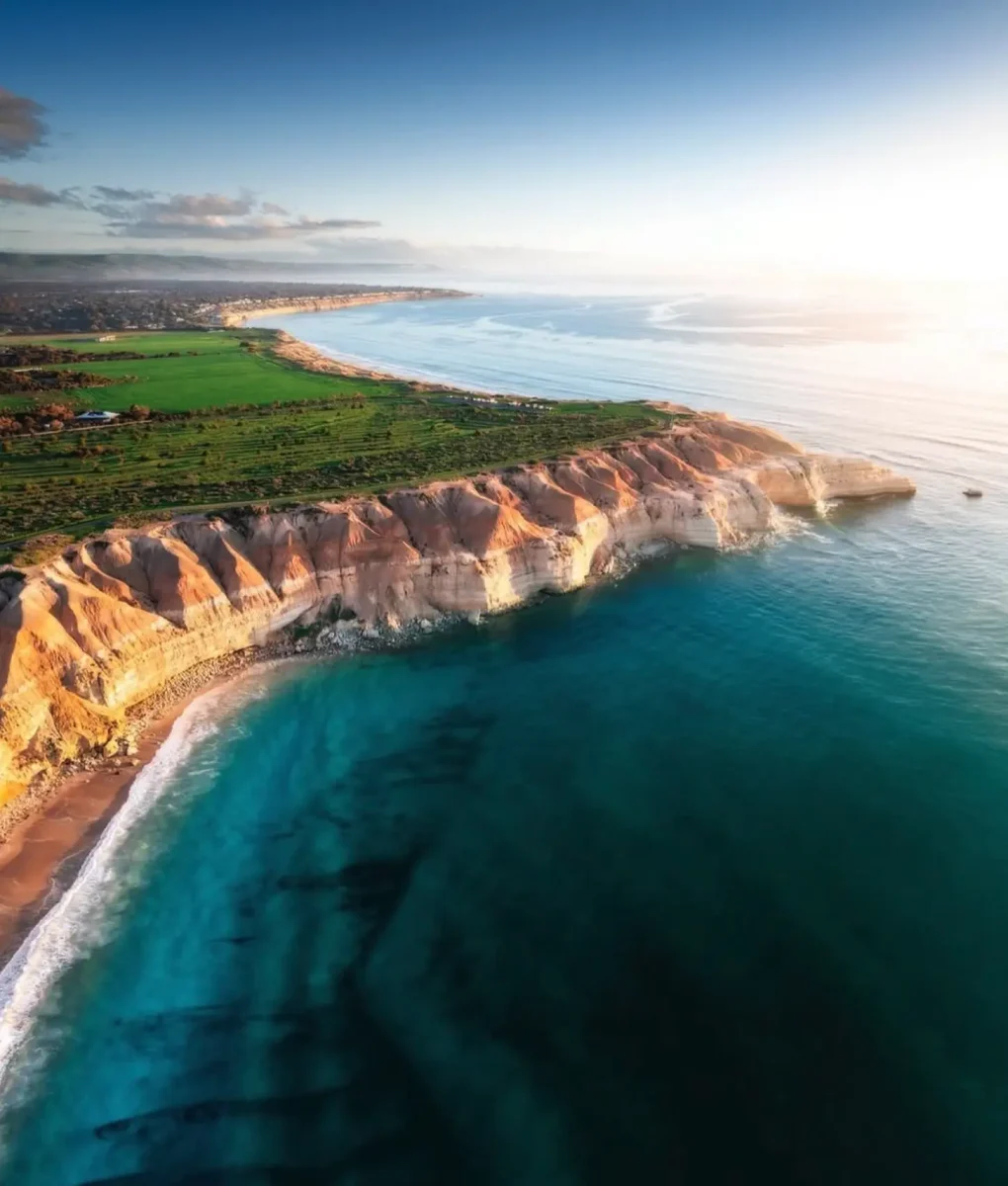Beaches Great Ocean Road
Australia is famous for its the most beautiful beaches in the world. Many of them are Great Ocean Road beaches. Throughout the year, visitors flock to the endless ocean and sand, perfect for sunbathing, surfing or walking.
Surfing enthusiasts will find big waves at many of the Great Ocean Road’s beaches, which are popular stops on Great Ocean Road journeys. There will be some great beaches, whether travelling spontaneously or following the Great Ocean Road on a map.
Best beaches on the Great Ocean Road
The best beaches on the Great Ocean Road are along this famous stretch of coastal road.
Dive into the world of surfing on our Great Ocean Road tour from Melbourne, where you can catch some waves, soak up the sun, and create lasting memories. Reserve your spot today!

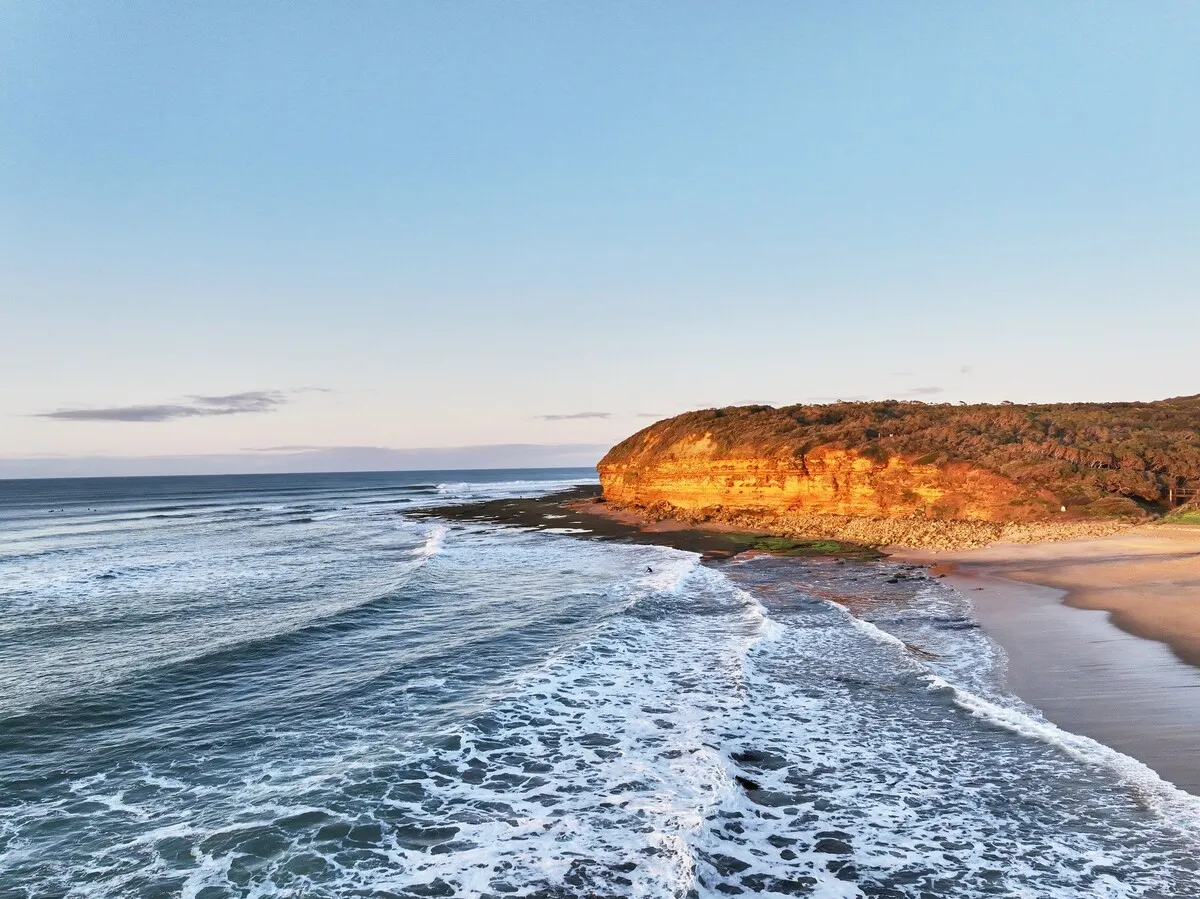
Bells Beach
Bells Beach is one of the best beaches on the Great Ocean Road, and many surfers and travellers gladly love going there. You can lie on the sand and admire the views from the observation decks. Bells Beach became especially popular among surfers due to the point break. It is a straight line that breaks in several places along the reef. These are Centerside, Rincon, Outside Bells and Bells’ Bowl. Every year, the Rip Curl Surf Pro competition is held on this beach on the Great Ocean Road.
Bells Beach is also ideal for fishing at low tide. It is undoubtedly one of the best beaches in Torquay, but there are no restaurants. However, Torquay has plenty of restaurant options just 10 minutes from Bells.
Torquay Beach
One of Torquay’s many beaches, this stop on the Great Ocean Road attracts many tourists. It is ideal for surfers because constant waves crash against the rocks at both ends and the southern edge, often called the ‘Escalator’.
The safest and most controlled area for swimmers is near Zilli Bay. Steer clear of the rocks and strong waves, particularly near Point Danger. For those who like fishing, there are many rock pools to explore.
Beyond the beach, Torquay offers many excellent restaurants. Try the Salty Dog Café, a 5-minute walk away, or the Growlers Pub for a relaxed meal in a casual atmosphere.
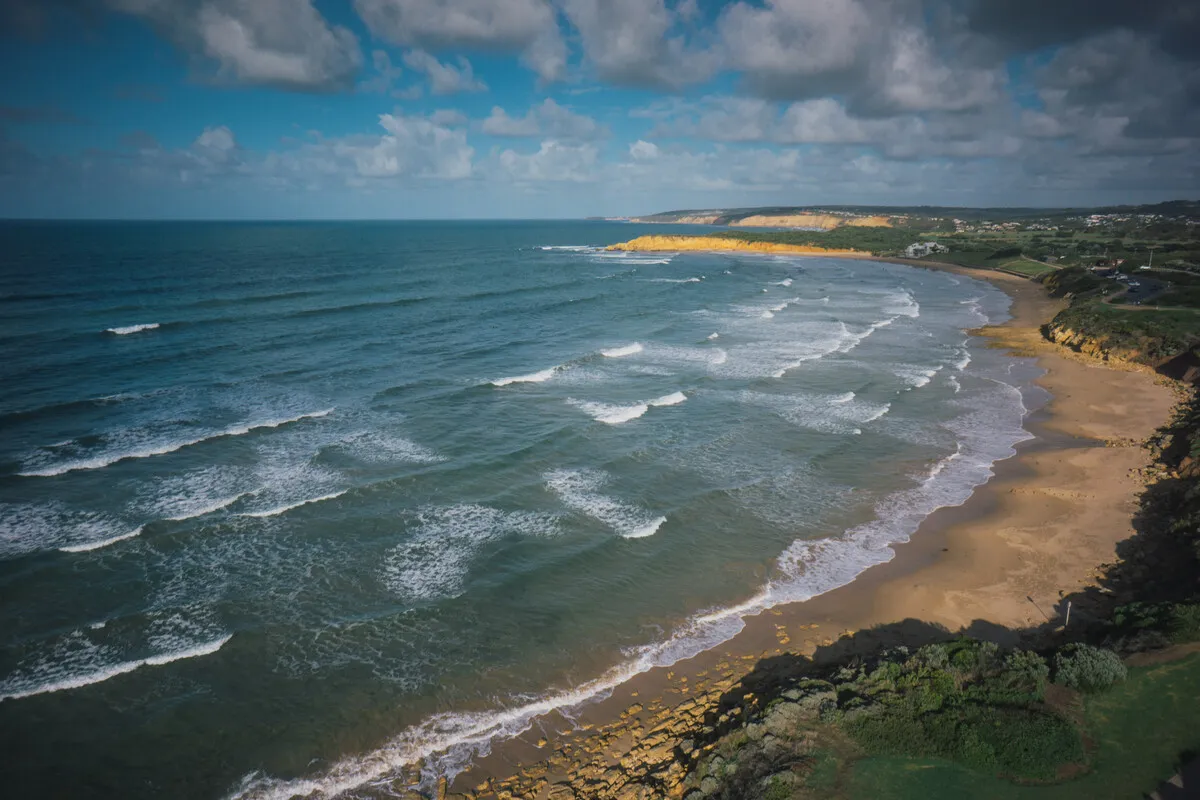
Fairhaven Beach
Fairhaven Beach is a half-hour drive west of Airy Inlet. It is an amazing 6 km stretch of sand and sea. The beach is excellent for surfing, with the best waves at the eastern end, near Surf Beach’s Club.
Waves averaging 1.5 metres combined with medium-grained sand create a 200-metre surf zone with two bars. Most surfers gather around Moggs Creek, Spot (south of the Fairhaven Surf Lifesaving Club) and Spouts Creek.
Not in the mood for surfing? Fairhaven Beach is an excellent option if you’re looking for a less crowded spot. Visitors can easily spend a day on the sand and soak up the sun. It is possible to swim at Fairhaven, but visitors should stick to the lifeguarded area opposite the Surf Lifesaving Club, as the waves can be powerful.
There are no restaurants on the beach but several cafes, pubs, and restaurants near Eris Inlet.
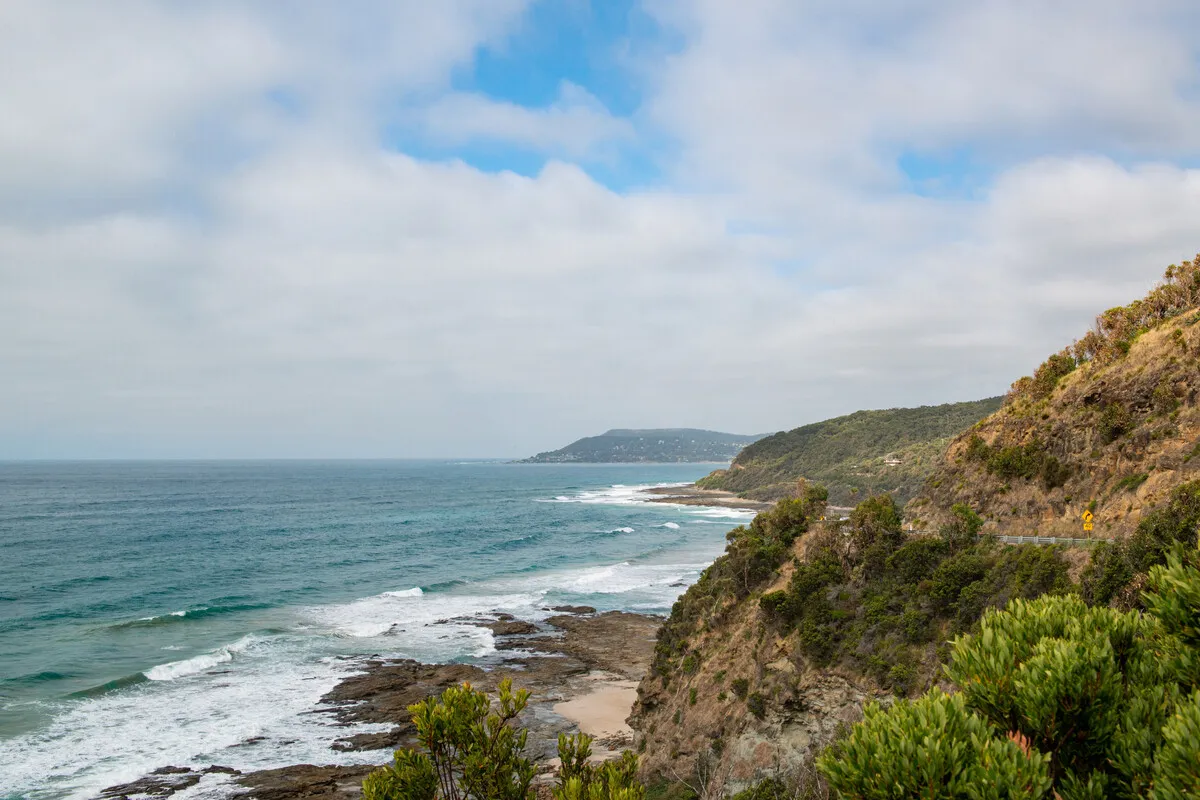
Lorne Main Beach
Lorne Main Beach is ideal for families travelling the Great Ocean Road, with many amenities to enjoy all year round. Located about an hour north of Apollo Bay, the sandy shore is sheltered and the only shoreline protected in the summer. Therefore, this is one of the beaches where you can enjoy swimming, boating and other water sports.
Each family can spend time on Lorne Main Beach relaxing on the sand, in the water or at the picnic area. If you need a break from the sun, visit the centre of Lorne, just a short drive away, with its many cafes, restaurants and shops.
There are many restaurants in the area, some with beach views. We recommend The Salty Dog Fish & Chippery or HAH, where you can find organic coffee and sweets.
Gibson Steps
Gibson Stepsis is a popular stop for travellers on the Great Ocean Road, offering stunning views from a 70-metre vertical cliffside observation deck overlooking the beach. You can park in Gibson’s Stairs car park or walk one kilometre from 12 Apostles on the hiking trail connecting the two locations.
If the conditions are safe for swimming and excitement, visitors can descend the 86 steps, take a stroll, relax, and sunbathe on the sand. Take a closer look at Gog and Magog, the names of the enormous limestone cliffs that emerge from the ocean. Fishing is popular here, but swimming is not recommended due to the continuous reef and underwater reefs.
Several restaurants are within a short drive, including Twelve Apostles Restaurant and Grassroots Deli Cafe in Port Campbell.
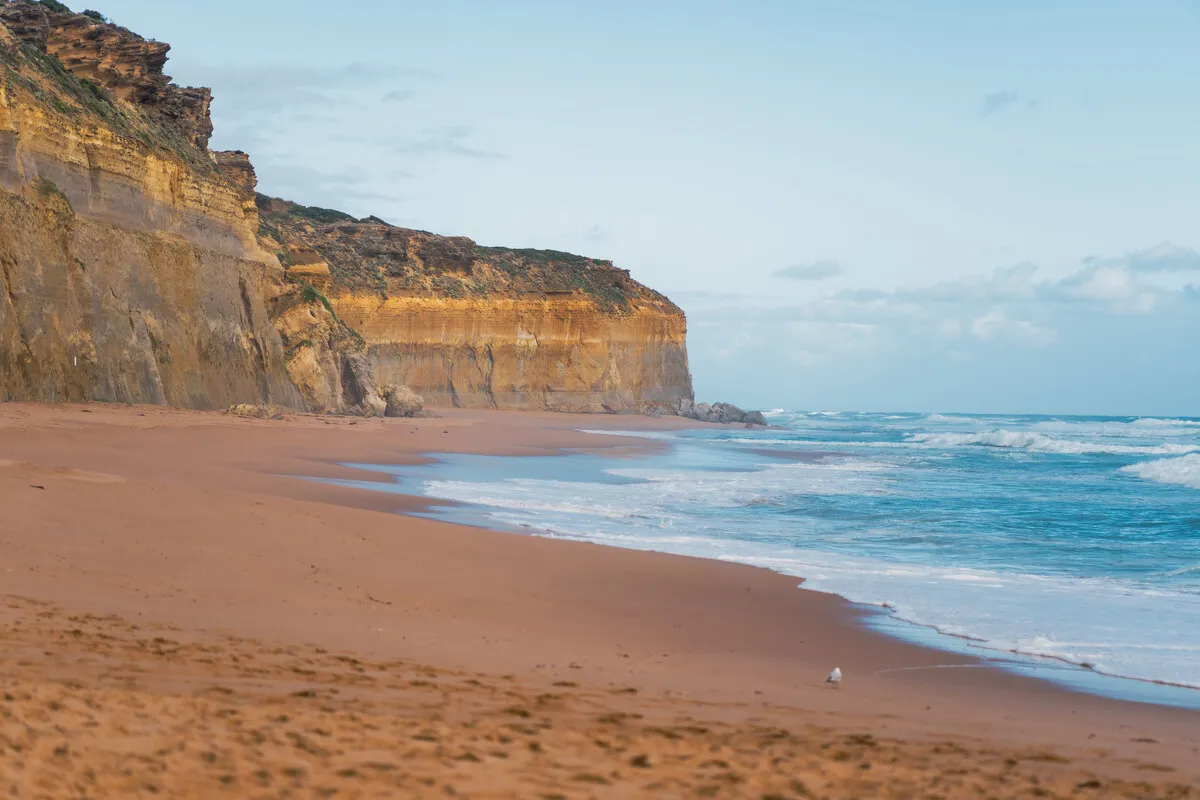
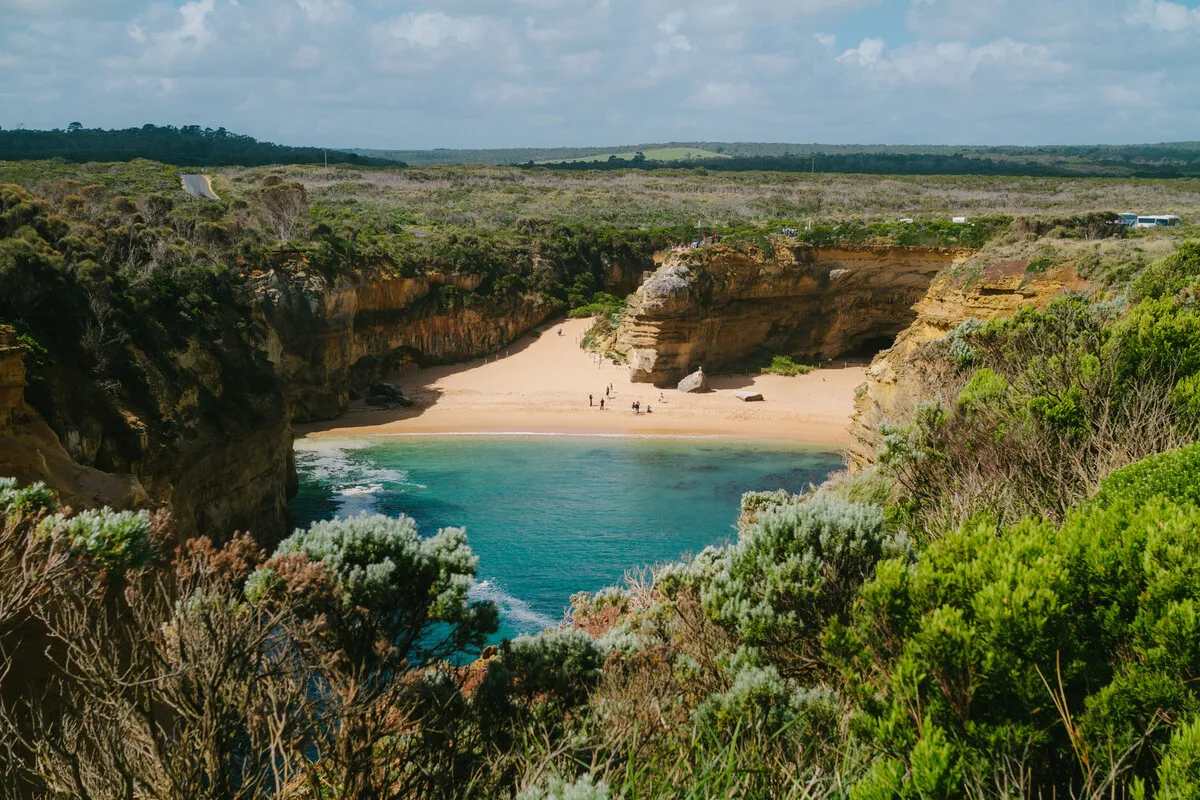
Loch Ard Gorge Beach
Loch Ard Gorge Beach is another of the most beautiful beaches on the Great Ocean Road. It is part of Port Campbell National Park in Victoria, named after a famous shipwreck. The tall limestone cliffs and bold rust-coloured sand make for a spectacular place to stop.
Visitors can walk along the bay and explore a short hiking trail. There’s also a cemetery where some unlucky sailors are buried. There are treacherous currents and huge rocks, so swimming is strongly not recommended.
At dusk, from October to April, short-tailed swifts (shearwaters) return to their nests on the bird island of Muttom. Don’t miss this incredible sight if you’re in the area.
There are plenty of restaurants in Port Campbell, just a 10-minute drive away.
Port Campbell Beach
A well-known stopping point on the Great Ocean Road, Port Campbell Beach is 150 metres long and is known as one of the only beaches where you can swim due to its mostly low waves. However, the water is deep and close to the shore, so it is advisable to swim between the flags; some areas are patrolled.
Surfing is possible only during strong waves, as the reef off the eastern edge gives surfers a practical port side.
The green shore is dog-friendly, but they should stay off the beach. It’s always a great idea to stop for a takeaway lunch here or spend the day bathing in the sun.
Port Campbell’s restaurants and cafes can be found on Campbell Beach.

Joanna Beach
Joanna Beach is located along the Great Ocean Road, near Glenere, west of Apollo Bay. The area offers camping and fishing opportunities and is popular with surfers. With 3.6 km of coastline, this is one of the best surfing spots on the Great Ocean Road.
This section of the beach is known for its fast jumps and is recommended for experienced surfers (it is an unsupervised beach).
For those who wish to enjoy uninterrupted views of the magnificent coastline, viewing platforms overlook the beach, and grassy slopes with picnic areas are available for families. Fishing is also a popular activity, especially for salmon. If you want to pitch a tent, Johanna Beach State Campground has 25 tents open to the public.
Although no restaurants are on the beach, several options are within a 15-minute drive. Visit Chi Medicinal Farm in Glenery or The Shoppe in Lavers Hill.
Childers Cove Beach
Childers Cove is one of the most secluded beaches on the Great Ocean Road. Due to its remoteness and inaccessibility, many tourists refuse to travel to the bay – but don’t!
To get here, take the Great Ocean Road about 15 km west of the Bay of Islands until it forks at Childers Cove Road. Drive the next 7 km through open farmland, and you’re there!
A gorgeous cove, sandstone chimneys, and colourful limestone cliffs will amaze every visitor. Stroll along the sandy paths, swim, or cast a line from the sandy shore or cliffs. Swimming is typically safe, but it is recommended to avoid the coves.
Visit the Childers Cove Cheese Company near Mepunga or the many restaurants in Warrnambool, about 20 minutes away.
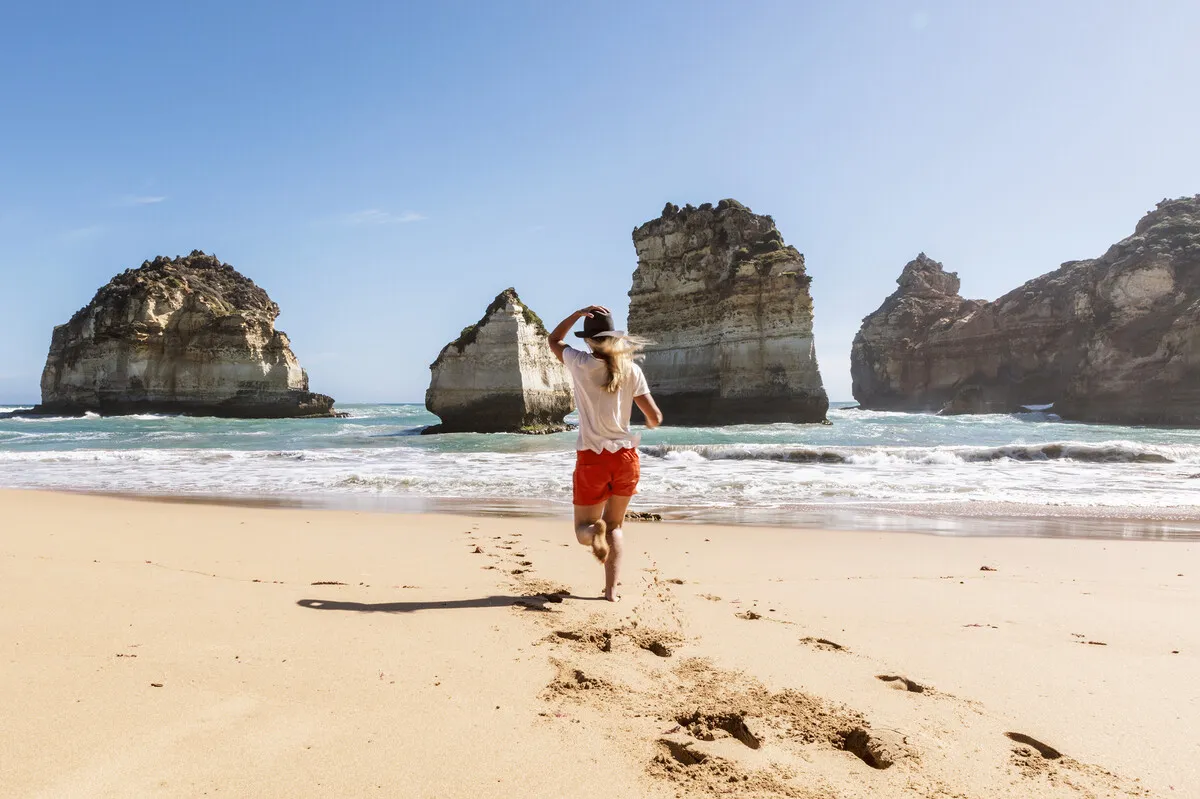
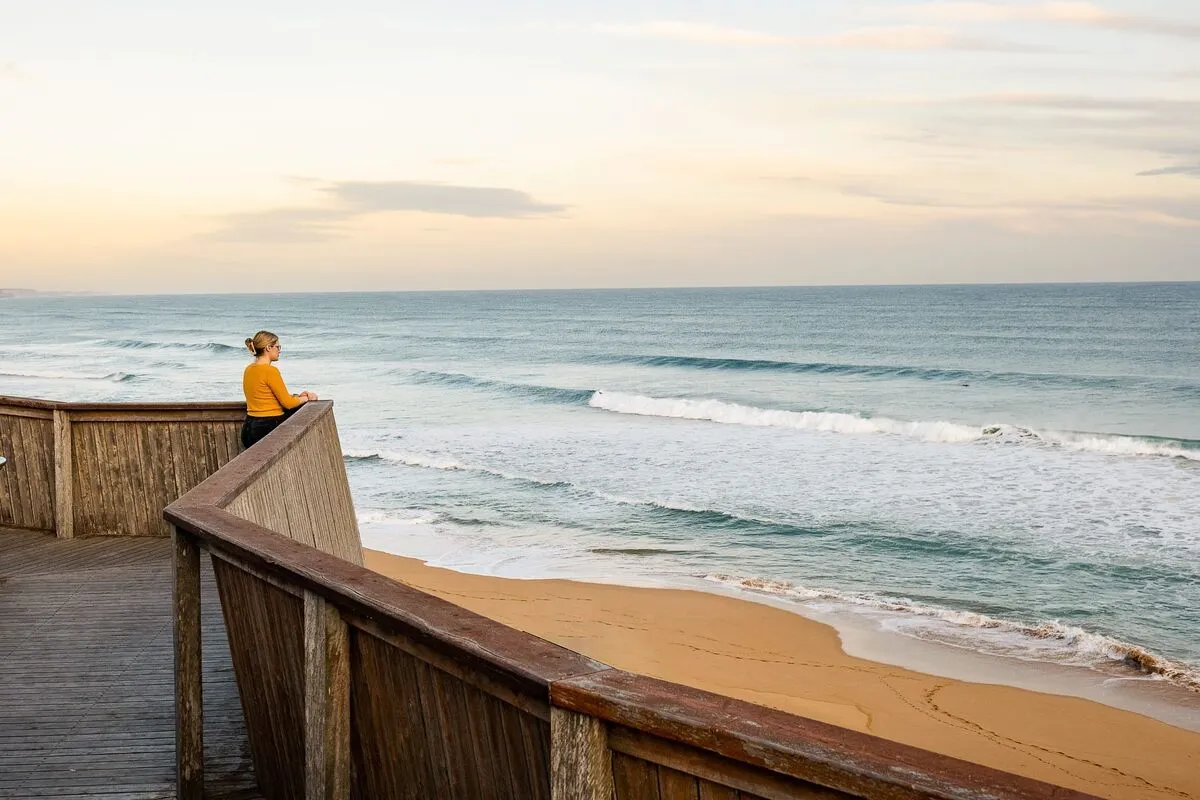
Logans Beach
Regarding the best beaches on the Great Ocean Road, Logans Beach is the perfect place to spot marine life. Female Southern Right Whales return to Logans Beach Bay to give birth to their calves between June and September.
The amazing whales often can be seen within 100 metres of the shore. You can enjoy spectacular views from the lookout east of Logans Beach or the sand below. You can also go surfing here, but swimming in the ocean is not recommended. If you want to observe wildlife, Logans Beach is one of the best beaches on the Great Ocean Road.
There are plenty of options in Warrnambool: if you want to have breakfast, check out Fishtales Cafe or Standard Dave’s for great pizza and surf and turf.
FAQ
Which beach on the Great Ocean Road is best for surfing?
Bells Beach is the most famous surf spot on the Great Ocean Road, known worldwide for its consistent point break and annual Rip Curl Pro event. Experienced surfers also enjoy Fairhaven Beach and Joanna Beach for their bigger swells, while beginners might prefer the gentler waves at Torquay Beach.
Can you swim safely at all Great Ocean Road beaches?
No — many beaches along the Great Ocean Road have strong rips, rocky reefs, or unpredictable waves. The safest patrolled swimming spots include Lorne Main Beach and Port Campbell Beach. Always swim between the red and yellow flags where lifeguards are present.
When is the best time to visit Great Ocean Road beaches?
Summer (December–February) is the most popular time for swimming and beach days, with warm weather and calmer seas at some locations. Autumn and spring bring milder weather and fewer crowds, while winter is prime surfing season — but expect cooler temperatures and bigger swells.
Are there any wildlife viewing opportunities at the beaches?
Yes — Logans Beach in Warrnambool is famous for southern right whale sightings between June and September. You might also spot seabirds like shearwaters at Loch Ard Gorge, and occasional seals or dolphins near quieter coves.
Do I need to pay for access to Great Ocean Road beaches?
Most beaches are free to access, though some are within national parks that may have parking fees. For example, Loch Ard Gorge and Gibson Steps are in Port Campbell National Park, but there’s no entry fee — just be mindful of parking restrictions and seasonal road closures.




